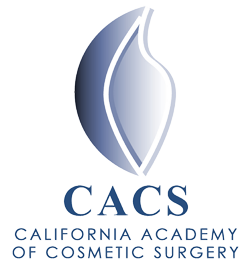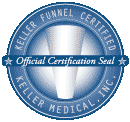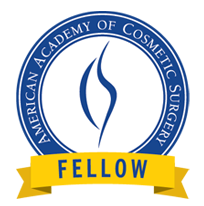Recently the American Society of Plastic Surgeons released the 2011 data on cosmetic procedures. There has been a 70+% increase in chin augmentation. Some have called it the new “Breast Augmentation”.
The chin along with the forehead and nose, have a prominent role in facial symmetry and image. Men are considered more competent, athletic and virile who possess “strong chins”. In the past the actors such as Kirk Douglas, and now George Clooney are excellent examples. Not as obvious are women who have beautiful jaw and neck lines, highlighted by their beautiful chins. Angelina Jolie and Sarah Jessica Parker come to mind. A full chin with surrounding volume imparts a youthful softness to the mouth.
As the area of the chin and mouth deflates with age, it accentuates our “jowls”.
I was contacted by New You Magazine for my thought on this phenomenon. Below are some questions posted to me by the reporter. I will link to the article when it is issued, however below are my initial responses.
In your opinion, why the dramatic increase in chin implants from 2010-2011?
As we understand the changing paradigm of facial aging, we understand that our faces deflate and our skin sags. We have gone through a phase of increasing the midface with fat or fillers. It was a natural evolution for us to realize that just adding volume to the midface was insufficient. We lose volume around our mouths and chin leading to an exacerbation of the “jowls”.
What are the main complaints patients have about their chin?
Most male patients feel that they have a “weak” chin and that there is some looseness of the skin just below the chin.
Most females do not realize that they have lost volume in the chin area or that their chin has become more recessed.
Is this usually a stand-alone procedure or performed along with rhinoplasty (nose job), liposuction or others?
Chin augmentation with fillers or with an implant is many times best combined with laser liposuction of the under chin, and neck region for better definition of the jaw line. I do not perform Rhinoplasty but nonsurgical nose job can be easily achieved with fillers such as Perlane, Juvederm, Radiesse or the patient’s own fat.
What role does aging play, or is this a procedure for all ages?
Aging leads to loss of volume around the mouth and chin. There can be some bone resorption as we age. Then there are those who are born with “weak” chins.
Who is a candidate?
Most people with weak chins are candidates for chin augmentation, if they do not also have a dental bite problem that demands a more complicated surgery on the jaw bone – mandible. I feel that many patients would benefit from an initial filler to augment their chin to assess whether they like their new stronger chin look prior to an actual chin implant.
Are there different approaches?
First the best preliminary approach would be a “test run” with fillers.
The two surgical approaches are
1) Intraoral, through the mouth. There is no scar visible.
2) An incision just under the chin.
a. This has an advantage of allowing the surgeon to also tighten the neck muscles in midline.
Walk me through the procedure…
To the reporter: That’s for our interview on Tuesday…
For our blog readers, please call us for a complementary consultation. Below is an example of chin augmentation and a nose job with the filler Perlane.
What is the recovery?
Fillers – NO downtime
Surgical – A few days to a week of swelling.
Numbness?
Fillers – it should be nonexistent
Surgical – a very small chance of numbness due to nerve damage. Typical numbness may occur around the incision which is patient specific.
Are there alternatives to implants? Fillers?
Bone or cartilage has been used but has a higher incidence of infection.
Cost (range): Fillers – $500-$1,000. Surgical $4-5,000.
Length of surgery: 1 hour
Recovery time: Filler– none. Surgery from a few days to a week.
Anesthesia: Fillers – none required Surgery – dental block and local anesthesia
Pain level: Just a pinprick of the filler. Or for surgery a pinprick of the dental nerve block and local anesthesia
Invasive or non-invasive: Try fillers as a “Trial Run”, then onto an implant.
CAN I SPEAK WITH A PATIENT? I will work on this. What is our timeline?















Follow Us!